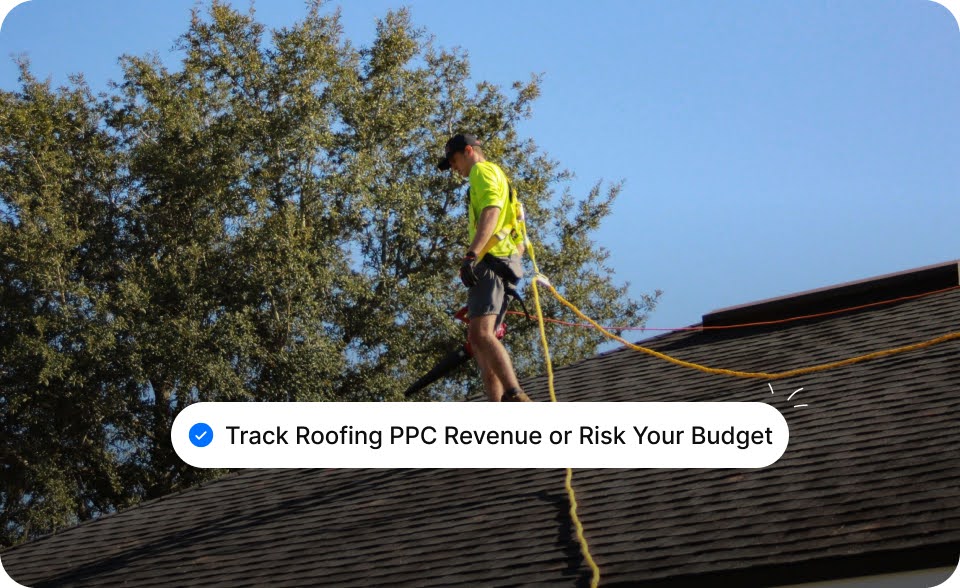Plumbing businesses often face the challenge of standing out in a competitive market. Despite providing excellent services, many plumbers struggle to maintain a consistent flow of work.
Marketing can feel frustrating, with strategies that consume resources without delivering results. Dealing with fluctuating demand and competing with local businesses, it’s clear that marketing needs to create a reliable stream of qualified leads.
This guide will show you how to develop a plumbing marketing strategy that generates consistent leads, builds trust in your brand, and supports long-term growth without wasting time or money.
1. Start with a Professional Website That Converts
Your website is the first impression potential clients will have of your business. If it’s hard to navigate or lacks key information, visitors will quickly leave.
A professional, user-friendly website builds trust, increases conversions, and makes it easy for customers to take action.
Actionable Steps:
- Make navigation simple and include service details and clear contact information to prevent frustration.
- Implement an online booking system to streamline appointments and provide instant value to customers.

2. Get Found with Local SEO
When customers need plumbing services, they search online, and they’re most likely searching for someone nearby. Local SEO ensures that your business appears in relevant searches, putting you in front of customers actively looking for your expertise.
Actionable Steps:
- Claim and optimize your Google My Business profile, ensuring your business appears in local search results.
- Use location-specific keywords (e.g., “Plumber in [City]”) to improve rankings in your target area.
- Maintain consistency across all platforms with your NAP (Name, Address, Phone).
3. Get Quick Results with Paid Advertising
If you need immediate visibility, PPC (Pay-Per-Click) advertising is one of the fastest ways to get noticed.
These ads allow you to reach customers actively searching for plumbing services, driving high-quality traffic to your website quickly.
Actionable Steps:
- Create Google Ads with specific keywords targeting your services and local area.
- Use Facebook and Instagram ads to reach local customers who are looking for a reliable plumber.

4. Keep Customers Engaged with Email Marketing
Email marketing is an effective tool to maintain relationships with past customers and stay top-of-mind.
Timely, personalized communication helps retain clients and encourages repeat business.
Actionable Steps:
- Send service reminders, special offers, and maintenance tips to past clients to keep them engaged.
- Segment your email list based on services provided, ensuring your messages are relevant and personalized.
5. Build Your Brand on Social Media
Social media is an essential marketing tool to build brand recognition, trust, and engagement.
It allows you to showcase your expertise and connect with potential customers where they spend their time.
Actionable Steps:
- Share behind-the-scenes content, completed jobs, and customer success stories to build trust and show the quality of your work.
- Use targeted Facebook and Instagram ads to attract local customers actively searching for plumbing services.

6. Encourage Referrals and Watch Your Business Grow
Referral marketing considers the trust that satisfied customers have in your services to bring in new, high-quality leads.
Actionable Steps:
- Offer rewards or discounts to clients who refer others to your business.
- Make it easy for customers to refer you by providing an online referral form or automatic referral requests.

7. Build Trust with Positive Reviews
Online reviews are a critical factor in customer decision-making. Positive reviews build credibility, improve local SEO, and influence future clients’ choices.

Actionable Steps:
- Actively request reviews from satisfied clients on Google, Yelp, and other platforms.
- Feature positive reviews prominently on your website and social media to showcase your reputation.
8. Create Valuable Content That Positions You as the Expert
Providing valuable, educational content positions your business as a trusted authority in your field. It helps build customer confidence and drives organic traffic to your website.
Actionable Steps:
- Write blog posts or create videos addressing common plumbing issues, DIY tips, and solutions to frequent problems.
- Share content that educates your audience and answers their questions, establishing you as the go-to expert in your field.

9. Expand Your Reach by Partnering with Local Businesses
Local business partnerships can help you tap into new customer bases and create mutually beneficial relationships. Partnering with complementary services increases your brand visibility and opens doors to referral business.
Actionable Steps:
- Collaborate with local builders, real estate agents, or home improvement stores to offer plumbing services to their clients.
- Provide exclusive discounts to customers referred by your business partners to encourage repeat business.

10. Track and Optimize Your Marketing Efforts for Better Results
Marketing is an ongoing process of trial and error. To achieve consistent growth, you must track, analyze, and optimize your campaigns to improve your return on investment.
Actionable Steps:
- Use tools like Google Analytics to monitor your website’s performance and adjust marketing strategies accordingly.
- Track email open rates and social media engagement to refine your campaigns.
Let’s Take Your Plumbing Business to the Next Level
Effective plumbing marketing requires a strategic approach to attract consistent, qualified leads. From building a user-friendly website to optimizing for local SEO and using paid ads, each element plays a crucial role in creating a reliable pipeline of customers.
Without a targeted marketing strategy, businesses often waste time and resources on efforts that don’t drive meaningful results.
The core challenge is developing a marketing system that delivers predictable and high-quality leads. If current efforts aren’t yielding the desired growth, it’s time to implement a more refined strategy.
FAQs
Q1. How can I effectively market my plumbing manufacturing business online?
A1. Focus on building a professional website optimized for search engines (SEO) and mobile devices. Utilize local SEO strategies to ensure your business appears in local search results. Engage in content marketing by sharing informative blogs or videos that showcase your expertise.
Q2. Is social media marketing beneficial for plumbing manufacturers?
A2. Yes, social media platforms like Facebook and Instagram can help build brand awareness and engage with your community. Sharing behind-the-scenes content, job site updates, and customer success stories can humanize your brand and attract potential clients.
Q3. How do I generate qualified leads for my plumbing manufacturing business?
A3. Implementing Pay-Per-Click (PPC) advertising, such as Google Ads, can drive targeted traffic to your website. Additionally, optimizing your Google Business Profile and encouraging satisfied customers to leave positive reviews can enhance your online presence and attract quality leads.
Q4. What role do customer reviews play in plumbing manufacturing marketing?
A4. Positive customer reviews build trust and credibility, influencing potential clients' decisions. Actively request reviews from satisfied customers and display them prominently on your website and social media platforms to enhance your reputation.
Q5. Should I invest in email marketing for my plumbing manufacturing business?
A5. Yes, email marketing allows you to nurture relationships with existing clients by sending timely service reminders, maintenance tips, and special offers. Segmenting your email list based on past services can personalize your communication and improve engagement.
Q6. How can I track the effectiveness of my marketing efforts?
A6. Utilize tools like Google Analytics and social media insights to monitor engagement and conversion rates. Adjust your campaigns based on performance metrics and set specific goals to measure success and return on investment (ROI).
Q7. What are some cost-effective marketing strategies for plumbing manufacturers?
A7. Building a strong brand identity, optimizing your website for SEO, and incorporating local listings are cost-effective strategies. Additionally, creating valuable content that addresses common plumbing issues can position you as an expert in your field and attract organic traffic.




















.webp)








.webp)
.svg)


.svg)
.svg)
.svg)







.svg)